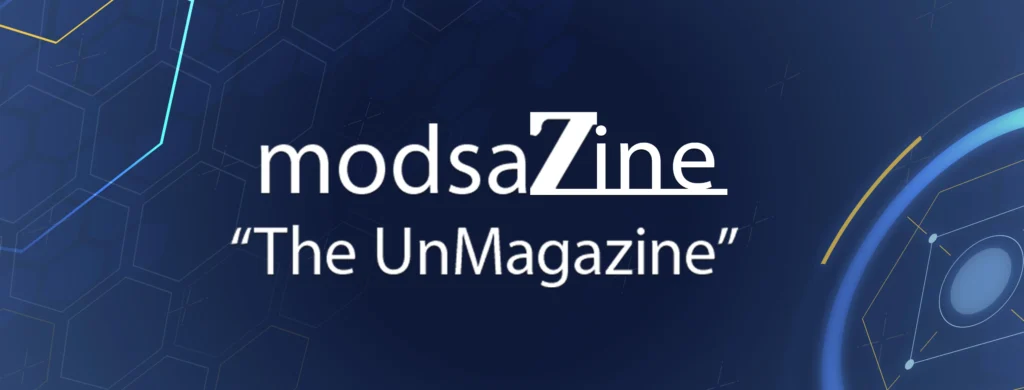As a designer, you’re much like a chemist. Each day in your “lab,” you explore and devise the perfect solutions to meet your clients’ critical needs. This isn’t just professional skill – it’s akin to alchemy, where you transform the ordinary into the extraordinary.
This transformation, often perceived as magical by clients, turns their complex design challenges into seamless solutions. When you receive praise and payment for your work, it’s a win-win. However, beyond the essential professional chemistry, there’s another type crucial for success: personal chemistry with your clients.
5 Characteristics of A Positive Work Environment
Aside from the job scope itself, one factor that significantly influences how employees feel about work is the… Read more
Understanding Freelancer-Client Dynamics
The diversity of clients and their demands – from endless revisions to input from unexpected sources like a CEO’s mother-in-law – can be overwhelming. Amid tight deadlines and the pressure to pay bills, many freelancers neglect the crucial aspect of building a strong personal connection with their clients. We’ll discuss three reasons why overlooking this connection is a mistake, how it can harm your career, and strategies to improve client relationships.
1. Choosing the Right Foundation
Establishing good personal chemistry is essential for a thriving freelance career. In the realm of chemistry, mixing two elements can result in three possible outcomes: a beneficial reaction, a disastrous one, or no reaction at all.
Obviously, we aim for a positive reaction, much like combining hydrogen and oxygen to create water. This begins with choosing the right “elements” – the personal and temperamental qualities that define both you and your client.
Building Positive Relationships
To foster a positive outcome, start by understanding your own personality. Are you nurturing, assertive, or perhaps creatively sensitive? The characteristics that define you will shape how you interact with others.
Begin by assessing your temperament not just professionally, but as a whole person. This self-awareness will guide your interactions and influence your professional relationships.

How to Deal With Problematic Clients
The longer you stay in the freelancing trade, the more you will encounter a particular type of client,… Read more
Establishing Effective Partnerships
Consider the types of clients you usually work with and reflect on your ideal client profile. For instance, pairing two highly assertive individuals often leads to conflict. Instead, seek out clients who complement rather than clash with your personality.
It’s usually counterproductive to work against your natural tendencies. While there are exceptions, generally, successful partnerships are those where personalities harmonize, enhancing collaboration and project success.
2. Managing Volatile Client Dynamics
Establishing good interpersonal chemistry with clients is crucial for fostering long-term relationships. Relying on quick, one-off projects might seem beneficial when finances are tight, but this approach is detrimental in the long run. These tasks often require more effort to secure, tend to be less profitable, and offer no ongoing benefits, leading to more work for less pay.
How to Become A High-Demand Designer
Discover the high demand for designers in today’s job market. Learn which skills are most sought after and… Read more
Value of Repeat Clients
Repeat clients represent a valuable asset, providing steady work and personal connection. They appreciate your work and recommend you to others. However, when relationships with such clients sour, it can turn stressful, even resembling a nightmarish scenario. High-maintenance clients, for instance, may demand around-the-clock access, leading to significant stress and potential burnout.

Careful Client Selection
While a bit of unpredictability can be exhilarating, excessive volatility from clients can exhaust your mental resources, preventing you from delivering quality work. It’s crucial to curate your client base to those who align with your working style, helping to preserve your well-being and professional enthusiasm.
3. Avoiding Negative Interactions
The initial tone in client communication greatly influences the relationship’s trajectory. A rude approach can lead to defensiveness, while a friendly demeanor encourages positive interactions. These social dynamics are critical and form the backbone of effective communication.
A poor first impression can jeopardize the entire relationship. Conversely, maintaining a consistent, genuine persona can foster more meaningful and lasting connections.

Authentic Communication
Although adjusting your communication style can be useful, authenticity leads to more valuable professional relationships. Sometimes, this means distancing yourself from potential clients who clash with your personality. Remember, there are plenty of opportunities out there, and you shouldn’t settle for clients who don’t complement your professional style.

In Conclusion
While the ideal “golden” client – who provides a beneficial, long-term partnership – may seem elusive, they won’t find you by chance. Like mining for gold, you must actively seek them out. The clients you mesh well with will likely share similar traits and values, offering services to those they trust and respect. They, too, seek a personal connection, not just a generic service provider.
Engage clients by being genuinely yourself, and you may find that they respond in kind. What experiences have you had with clients who either perfectly matched or clashed with your style? Share your stories!


